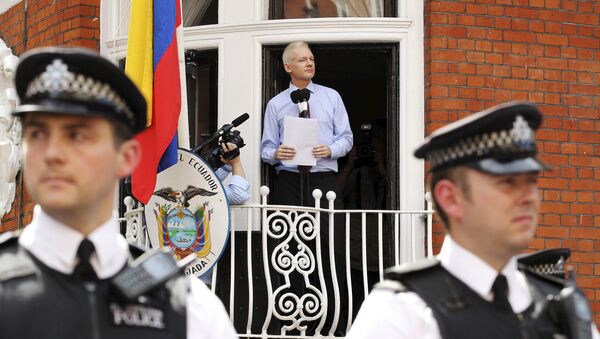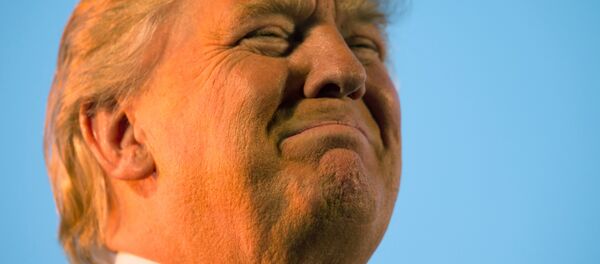Four years ago, WikiLeaks founder Julian Assange arrived at the Ecuadorian Embassy in London, seeking refuge from what he states are manufactured allegations of rape in Sweden. Those charges would likely result in his extradition to the Scandinavian country, and a further extradition to the United States, where he fears he will face charges of espionage. Now the activist has confined himself to a 43-square-meter box, the home-away-from-home office of Julian Assange.
Christoph Knoth (@christoph_knoth) May 11, 2016
The life and circumstances of Wikileaks founder and publisher Julian Assange have always been somewhat of a mystery. Many herald his groundbreaking efforts to be a light exposing global corruption and mass government surveillance. Others condemn him for his work.
This opposing narrative of Assange’s life seemed paramount until an alternate version was proposed by an art collective in Zurich. A team of artists at!Mediengruppe Bitnik created an exhibition called “Welcome to Ecuador,” a life-size recreation of Assange’s working quarters. The exhibit premiered in Zurich in 2014, and was shown in Berlin in March 2015, and is now on exhibit in Nantes, France.
In an artist statement!Mediengruppoe Bitnik say they are “inviting you to enter the closed world which Julian Assange has been living in for these past four years of ‘voluntary’ reclusion.”
The project creators, Carmen Weisskopf and Domagoj Smoljo, contacted Assange before visiting the embassy in 2013, while it was still surrounded by British police. Per embassy rules, no photographs are allowed, forcing the artists to take extensive notes and rely heavily on their memory.
"We found ourselves standing in the middle of a diplomatic crisis," said Weisskopf. "The immediate surroundings of the embassy strongly resembled a war zone – quite a surreal setting."
Weisskopf called it an "ongoing crisis between the powers that be and the internet freedom aficionados," and consider the reclusive WikiLeaks founder, who shares his room only with an embassy cat he calls "counter-purrveilance," to be in many ways a story of the freedom provided by internet access, that beyond our mere physical form.
WikiLeaks Shop (@WikiLeaksShop) June 20, 2016
On Thursday, Radio Sputnik sat down with Aude Launay, the curator of the Zoo Galerie in Nantes, France, to discuss the exhibit.
"This is one of the real manifestations of the ongoing conflict between the powers that be and the internet aficionados who are fighting for internet freedom and against surveillance,” said Launay. “Julian Assange’s room is an example of how somebody can be confined to 24 square meters and still be able to participate in the world in politics, all thanks to an internet connection."
"It is kind of entering cinema décor. Outside it is completely row-like and then it gives you the feeling that you entered a certain space. You walk into a door and you are in an office. It is stunning because it is no more, it is crazy about the details – everything is there – the chairs and the desk. You have everything that is inside the embassy," said Launay of the exhibit.
Where does Assange sleep?
"In the first month he used a plastic mat rest, but a few months later the embassy built him something like a personal bedroom, but it is, like, 5 square meters, so it is very tiny," said Launay.
What is the public response to your exhibit?
"The great thing here is that most of the visitors that we have for the show are not the ones who regularly come here," said Launay. "We have many new faces and new people. Not the things that normally happen in art spaces. The people here sit inside the embassy. They enjoy looking at them and Julian’s suite."
"The idea of the exhibit was to make the space accessible for people to come [unlike Assange’s actual dwelling] and go freely as a symbolic gesture for freedom," explained Launay.





